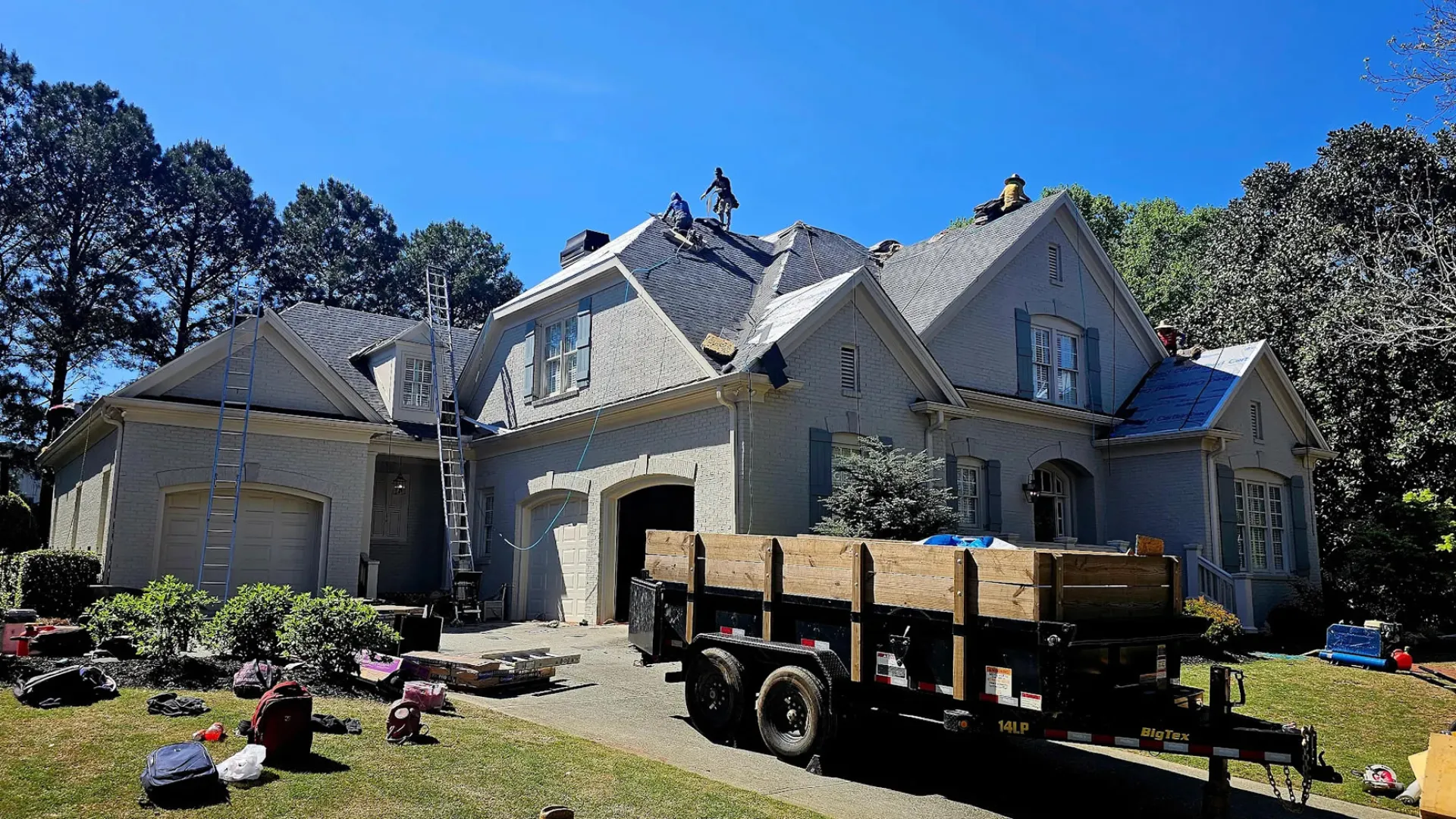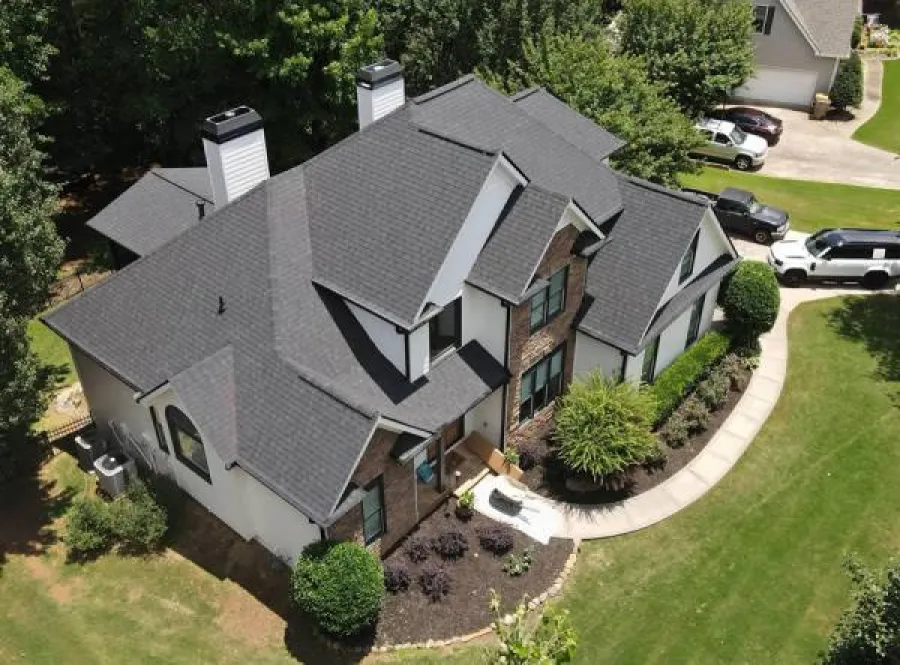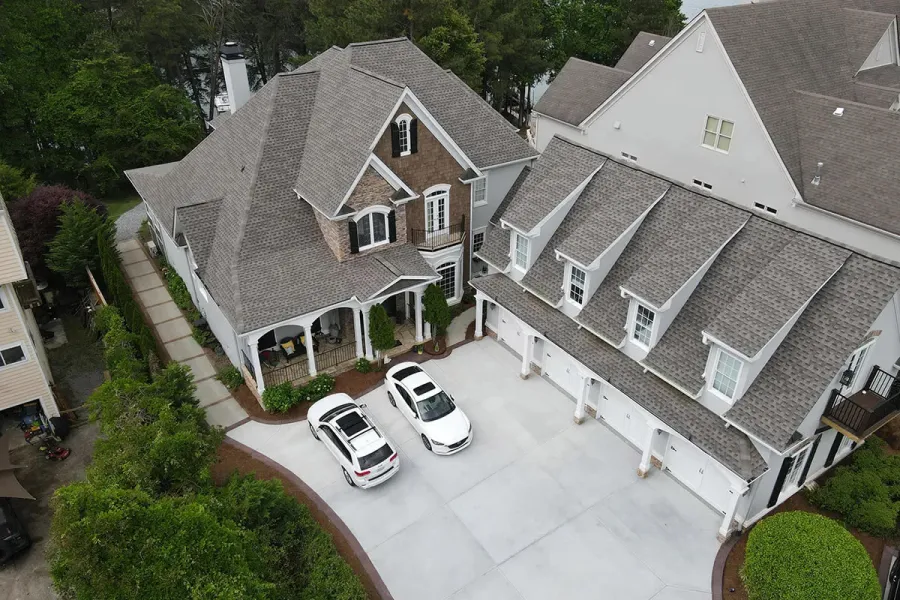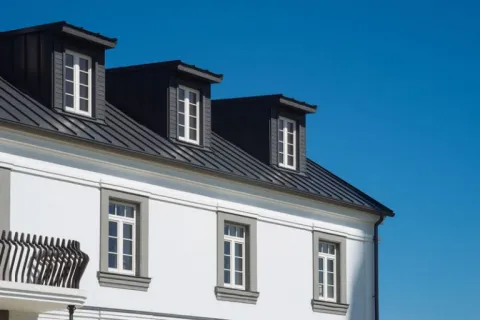
Residential Roofing

Residential Roofing
The Importance of Residential Roofing
Popular Roofing Materials
- Asphalt Shingles: These are the most common roofing materials in North America. They are relatively inexpensive, easy to install, and come in a range of colors and styles. On average, asphalt shingles have a lifespan of 20 to 30 years.
- Metal Roofs: These can be made from steel, aluminum, or even copper. They're durable, fire-resistant, and can last up to 70 years with proper care. Metal roofs also reflect sunlight, which can reduce cooling costs in the summer.
- Tile Roofs: Made from clay or concrete, tile roofs are exceptionally durable and can last for over a century. They're commonly seen in Mediterranean, Southwestern, and Spanish-style homes.
- Wooden Shingles or Shakes: These provide a natural look, often seen on Cape Cod, Colonial, and Tudor homes. While they can last up to 30 years, they do require more maintenance than other materials and may not be suitable for areas prone to wildfires.
- Slate Roofs: Made from natural stone, slate roofs can last for centuries. They're heavy, which means they require a robust roofing frame, but their longevity and unique appearance can be a significant draw for many homeowners.

Do You Need Residential Roofing Services for Your Home?
Roof Maintenance and Repair
Routine maintenance is important for those who want to extend the lifespan of their roof. At least twice a year, inspect your roof for signs of damage, such as missing shingles, cracks, or leaks. After extreme weather events, it's wise to perform an additional check. Keep your gutters clear of debris, which can cause water to back up and damage the roof. If you spot damage, address it quickly. Small problems can escalate into much larger, more costly issues if left untreated.
Roofing Components
- Decking or Sheathing: This is the foundation of your roof, typically made from panels of plywood or OSB onto which roofing materials are attached.
- Underlayment: This is a barrier, often made from felt, that sits between the decking and the roofing material. It provides an extra layer of protection against water and wind.
- Flashings: These are metal pieces used to direct water away from crucial areas, such as chimneys, vents, or the intersections of roof planes.
- Eaves and Soffits: Eaves are the edges of the roof that overhang the face of a wall. Soffits are the underside of these eaves and can be vented to aid in air circulation in the attic. Ridge: This is the peak where the two sloping sides of a roof meet.


